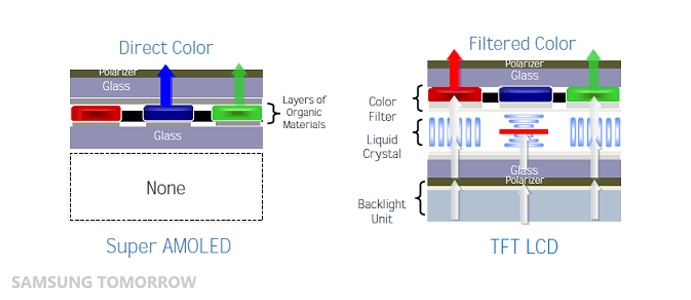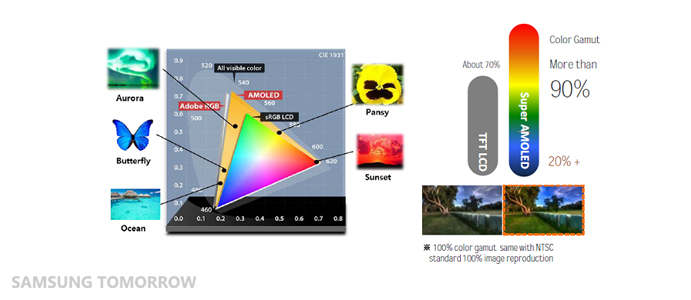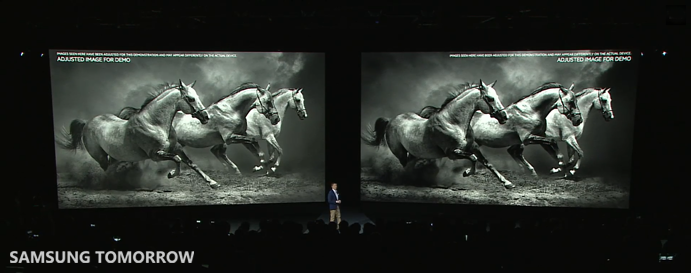![]() It hasn't even been a week since its official launch and Samsung has already released two videos regarding Samsung's first mass-produced AMOLED tablet Galaxy Tab S. And as many have surely noticed, at least half of both videos are always devoted to the used AMOLED display and its functions, conveniences and advantages compared to the previously used LCD displays. And Samsung decided to list all these aspects in one longer article, which should answer all questions related to this topic.
It hasn't even been a week since its official launch and Samsung has already released two videos regarding Samsung's first mass-produced AMOLED tablet Galaxy Tab S. And as many have surely noticed, at least half of both videos are always devoted to the used AMOLED display and its functions, conveniences and advantages compared to the previously used LCD displays. And Samsung decided to list all these aspects in one longer article, which should answer all questions related to this topic.
In the introductory text itself, the company acknowledges that Samsung Galaxy The Tab S is their most successful tablet yet, and we can't disagree just by looking at the hardware specs alone. The octa-core Exynos 5 processor in combination with the Super AMOLED display and the minimalist but modern design of the tablet creates the most perfect Samsung Galaxy Tab ever made. Well, how does the AMOLED display compare to the LCD display in terms of color reproduction? Both types of screens deal with color reproduction in completely different ways, while with LCD you need to use various filters, diffusers and a bunch of other components just to display color, AMOLED technology does it very easily, the light passes through the organic material and it's done. And thanks to the absence of the aforementioned pile of components, it is Samsung Galaxy Tab S is lighter and thinner, in particular it has become the second thinnest tablet in the world, and it also consumes less energy, which, among other things, also allows you to use the vaunted super-saving mode called Ultra Power Saving Mode.



*Source: Samsung